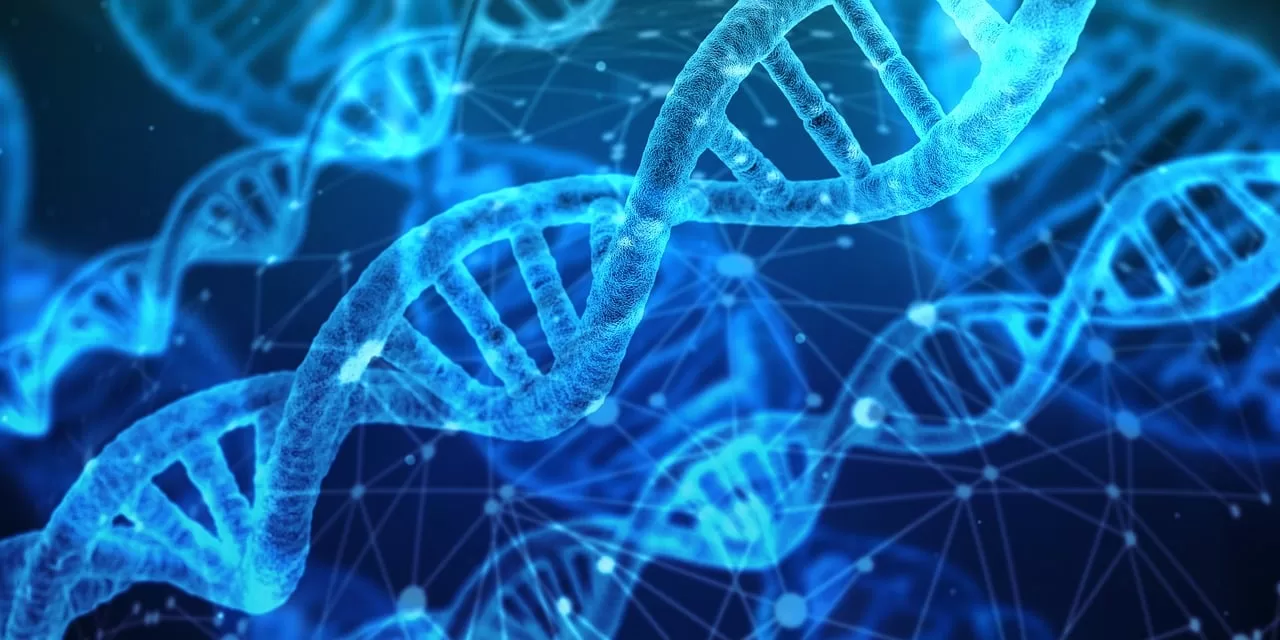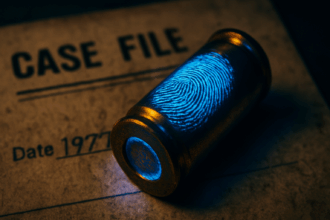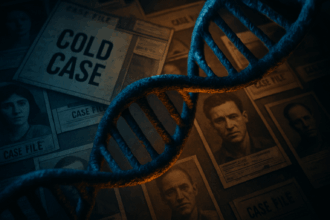Introduction
In a groundbreaking update, the FBI has approved modifications to the Quality AssuranceQuality assurance (QA) is a comprehensive set of activities and processes to ensure the overall quality and reliability of the work conducted within a laboratory. QA is a proactive approach that focuses on improving scientific Read Full Definition Standards (QAS) for Forensic Laboratories, allowing DNA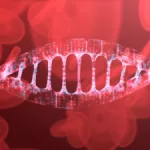 DNA, or Deoxyribonucleic Acid, is the genetic material found in cells, composed of a double helix structure. It serves as the genetic blueprint for all living organisms. Read Full Definition profiles generated by Rapid DNA analysis to be searched against the national DNA database, CODIS. This milestone marks a significant leap in criminal investigations, enabling faster and more efficient resolution of cases nationwide. The new standards, published by the Scientific Working Group on DNA Analysis Methods (SWGDAM), will take effect on July 1, 2025.
DNA, or Deoxyribonucleic Acid, is the genetic material found in cells, composed of a double helix structure. It serves as the genetic blueprint for all living organisms. Read Full Definition profiles generated by Rapid DNA analysis to be searched against the national DNA database, CODIS. This milestone marks a significant leap in criminal investigations, enabling faster and more efficient resolution of cases nationwide. The new standards, published by the Scientific Working Group on DNA Analysis Methods (SWGDAM), will take effect on July 1, 2025.
This article delves into the implications of this decision, the current adoption of Rapid DNA technology by states, and the broader impact on justice systems and public safety.
What is Rapid DNA Analysis?
Rapid DNA analysis refers to fully automated DNA profiling

FBI’s Approval of Rapid DNA for CODIS
The FBI’s approval of Rapid DNA evidence for CODIS searches signals a monumental shift in forensic science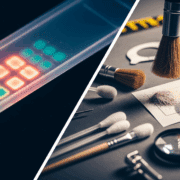
- Effective Date: The updated Quality Assurance Standards will take effect on July 1, 2025.
- Guidance: The changes were announced by SWGDAM, which oversees the development of national standards for DNA analysis.
State-Level Implementation of Rapid DNA Programs
Despite gaining CODIS access, several states proactively utilized Rapid DNA technology by creating their own statewide non-CODIS databases. These programs have already demonstrated their value in expediting criminal investigations.
- States Leading the Charge:
- Arizona, Connecticut, Kentucky, Missouri, New Jersey, Oklahoma, and Pennsylvania have implemented statewide Rapid DNA programs.
- These programs allow crime scene evidence to be matched against local indices of criminal offenders.
With the new guidance, these states—and others looking to adopt Rapid DNA—will now have the ability to expand their searches to CODIS, significantly broadening the scope of investigative leads.
Key Benefits of Rapid DNA in CODIS
The integration of Rapid DNA profiles into CODIS offers several advantages for law enforcement and the communities they serve:
- Faster Case Resolutions: Rapid DNA allows investigators to generate DNA profiles in hours, reducing the backlog in traditional forensic laboratories.
- Broader Search Capabilities: Searching the national CODIS database improves the chances of identifying offenders with records across state lines.
- Enhanced Public Safety: Timely identification of suspects can prevent repeat offenses and protect communities.
- Justice for Victims: Faster DNA processing can help deliver justice to victims and provide closure to their families.
Collaboration with Public Crime Labs
Forensic laboratories play a critical role in ensuring the successful implementation of Rapid DNA in CODIS. To meet the new standards, law enforcement agencies must work closely with public crime labs to:
- Develop standard operating procedures for Rapid DNA analysis.
- Ensure compliance with CODIS eligibility criteria.
- Train personnel in the proper use of Rapid DNA instruments.
Dr. Ray Wickenheiser, retired Director of the New York State Police Crime Laboratory System and Past President of the American Society of Crime Lab Directors (ASCLD), emphasized the importance of this collaboration:
“Victims need justice. Families need answers. And time matters. Crime lab outcomes are not only based on timely leads for the investigating agencies that we serve, but also potentially in lives saved.”
Challenges and Future Considerations
While the integration of Rapid DNA profiles into CODIS marks a significant advancement, certain challenges remain:
- ValidationValidation, often referred to as method validation, is a crucial process in the laboratory when introducing a new machine, technology, or analytical technique. It involves a series of systematic steps and assessments to ensure that Read Full Definition and AccreditationAccreditation – a process by which a laboratory must prove to an accrediting agency that their processes, equipment, and employees are competent, credible, and accurate. The accrediting agency will inspect the laboratory and observe its Read Full Definition:
Public crime labs must validate Rapid DNA instruments and processes to meet the updated QAS requirements. - Training and Awareness:
Both forensic experts and law enforcement officers require training to maximize the potential of Rapid DNA technology. - Privacy Concerns:
Expanding DNA databases raises ethical questions about collecting, storing, and using genetic information. - Resource Allocation:
Due to budgetary constraints, smaller jurisdictions may face challenges in adopting Rapid DNA technology.
Call to Action for Law Enforcement and Forensic Labs
Law enforcement agencies are encouraged to collaborate with public crime labs to develop workflows that align with the new standards. Crime labs are urged to take the lead in initiating discussions with local agencies to ensure a seamless integration of Rapid DNA into CODIS.
Conclusion
The FBI’s approval of Rapid DNA for CODIS searches represents a turning point in forensic science and criminal justice. By enabling faster identification of suspects and expanding the reach of DNA evidence, this technology promises to revolutionize the way crimes are solved and justice is delivered.
With the effective date of July 1, 2025, approaching, the onus lies on law enforcement and forensic laboratories to leverage this powerful tool to its fullest potential. The future of criminal investigations is here—and it’s Rapid.



